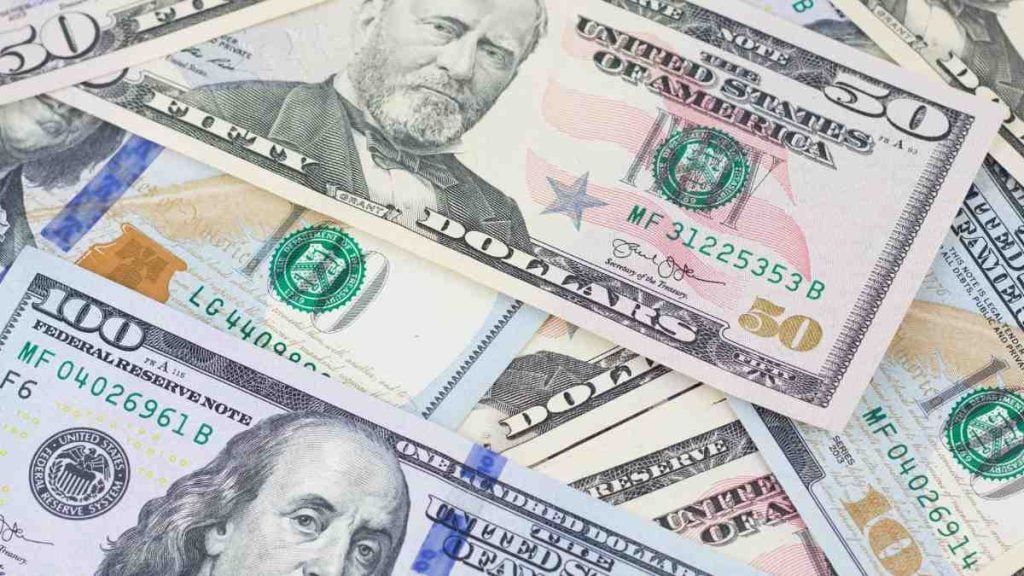The Internal Revenue Service (IRS) may be delivering tax refunds if you meet all the conditions to get money on February 20, 2025. In the first place, you must have filed your 2024 tax return 21 days ago.
Therefore, if you filed your return on January 30, 2025, you have chances to get your tax refund on February 20, 2025. This will be possible if you have filed an accurate and complete tax return, requested direct deposit, and filed electronically.
PFD payments will also arrive on Feb. 20, like some IRS direct deposits
The Department of Revenue in the State of Alaska has confirmed that there is a PFD payment on February 20, 2025. Hence, it will not just be IRS tax refund delivered today, but also money from the Permanent Fund Dividend in Alaska.
If you are not sure if you are receiving the Permanent Fund Dividend payment on February 20, check the status online. If it says “Eligible-Not Paid” you will receive your payment on the 20th.
When it comes to the PFD amount, the 2024 payments are about $1,702. On average, as of February 7, the IRS tax refunds from 2024 tax returns are higher than these payments in Alaska.
IRS announces average tax refund amounts
As a matter of fact, the average refund amount is $2,065, up from $1,741 in the same date in 2024. Of course, these IRS figures must be taken with a pinch of salt.
This is because it is early to know more realistic statistics. In the coming weeks, the results of these statistics will certainly level out. Direct deposits also have a higher amount on average.
As of February 7, the Average direct deposit refund amount is $2,165. Bear in mind that it was just $1,831 about a year ago. One interesting fact is that the total number of direct deposit refunds has also increased during the 2025 tax season. It may imply that more taxpayers have been ready to file as soon as the 2025 tax season started.
What steps can take if tax refund or PFD payment does not arrive on the expected date?
Here are the key steps to take if your tax refund or PFD payment does not arrive on the expected date:
- Check the status of your refund online using the IRS Where’s My Refund tool or your state’s tax refund status website. You will need your Social Security number, filing status, and exact refund amount.
- Wait at least 21 days after e-filing or 6 weeks after mailing a paper return before contacting the IRS. Refunds may be delayed for many reasons, such as errors, missing information, or checks for fraud.
- If it has been over 21 days (e-file) or 6 weeks (paper), call the IRS at 1-800-829-1040 to check on your refund status. Be prepared for potentially long wait times.
- For state refunds, contact your state’s tax department. Do this if it’s been longer than usual processing time.
- Continue monitoring your bank account. Once the refund is sent, it may take the financial institution 1-5 additional days to deposit the funds into your account.
The fastest way to get your refund is to e-file your return and choose direct deposit. If your refund is delayed unexpectedly, be patient and keep checking the online status tools for updates. Only contact the IRS or state tax agency if it has been well beyond their normal processing times.
How can check the status of IRS tax refund or PFD payment beyond the “Eligible-Unpaid” status?
- Log in to your IRS online account or use the IRS2Go mobile app. You can view more detailed information about your refund, such as the date it was sent.
- If 21 days have passed since the IRS sent your refund, contact your bank to see if they have received it. There may be a delay in posting the funds to your account.
- If your bank has not received the refund after 21 days, call the IRS at 1-800-829-1040 to speak with a representative. They can research your refund status and determine if there are any issues.
- For PFD payments, log in to your myPFD account to check your application status. If it shows “Eligible-Not Paid” beyond the expected payment date, contact the PFD Division for assistance.
- If you suspect fraud or identity theft related to your refund or PFD, contact the IRS Identity Protection Specialized Unit at 1-800-908-4490 or the PFD Division immediately.
